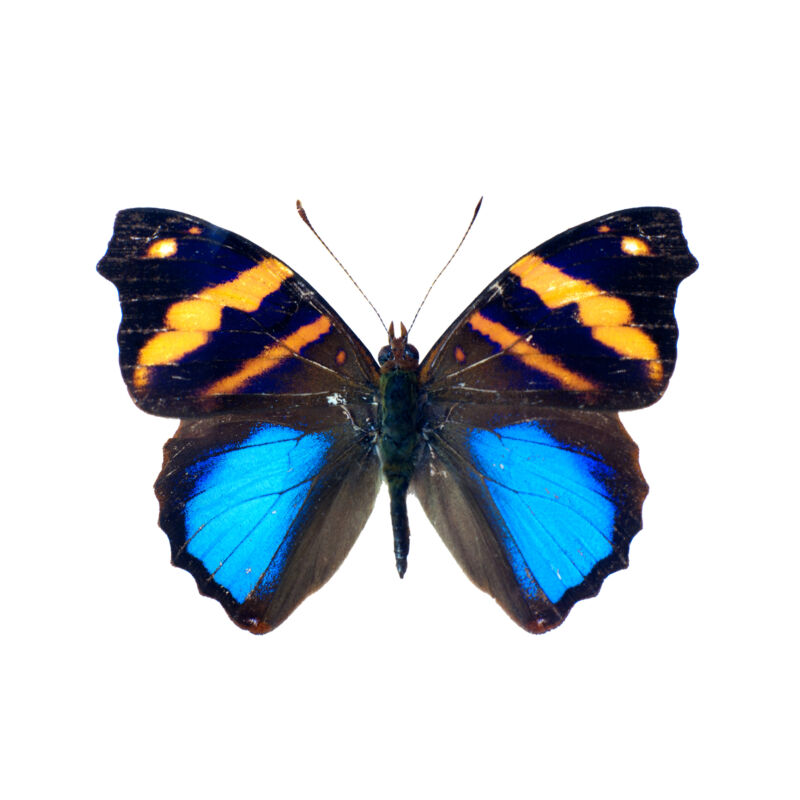Do you know more than 50 percentof microplastic pollution in our oceans comes from colour paints? Almost every object that people throw into the ocean, whether it be a broken toy, a small bottle cap, or a shoe, has some sort of colour coating. While you might try to collect all the plastic objects that are thrown into the oceans, there is no way to gather the microplastics that have already mixed into the water.
Particles derived from paint aren’t only a problem in the ocean; they also mix into the air that you breathe. In 2010, scientists studied the effect of chemicals that are used in commercial wall paint on children’s health. They found that kids who sleep in rooms with walls coated with paint having high levels of volatile organic compounds (VOCs) are more likely to develop medical conditions like eczema and asthma.
So does that mean commercial paint materials will continue to degrade our environment and our health? Well, there is a new ray of hope. Researchers from the University of Central Florida (UCF) recently published a study that describes “plasmonic paint,” a lightweight, eco-friendly material that has the potential to replace most coloured coatings. They claim that their plasmonic paint is also the lightest paint in the world because it avoids the use of pigments and all the materials needed to hold the pigments in place.
Pablo Cencillo Abad, the first author of the study and a researcher at UCF’s NanoScience Technology Center, told Ars Technica, “Our ultralight paint is the lightest in the world, and its use instead of conventional pigments can help reduce the overall weight of objects, which is critically beneficial for the aerospace industry.”
He added, “As an example of a ready application, consider the case of a large object like a Boeing 747 jumbo jet. Conventional paint requires a large amount of paint, usually over 1,000 lb (454 kg), to coat such an object. However, only about 3 lb (1.4 kg) of our plasmonic paint would be needed, which represents an astonishing 400-fold reduction in weight.”
Plasmonic geometry creates colours
Plasmonicsis the branch of science that deals with how electron movement affects the transit of light in metals. The proposed plasmonic paint produces colours by employing structural colouration, the phenomenon that gives peacocks and butterflies their bright, eye-catching colours. The geometrical arrangement of the feathers, skin cells, and scales in these animals alters the travel of light rays, making them bend at different angles and produce different colours.
The structural colouration in the plasmonic paint is inspired by butterflies. It is composed of two colourless materials: aluminum nanoparticles and aluminum oxide nanostructures. Just by altering the way these particles are arranged, the UCF team can manipulate visible light and create any colour, giving rise to the world's first full-colour structural paint.
“Our structural paints use aluminum nanoparticles to control the spectral components of light and generate a large palette of visible colours simply by changing the parameters of the structural production. When light hits our structure, the electrons of the metal of the particles start oscillating, capturing certain colours and reflecting others (this effect is called a plasmonic resonance). Importantly, the particular colours being absorbed are determined by the specific morphology of the nanoparticles. Hence, when we change the particles' size, they absorb different colours and produce different hues,” said Abad.
Pigment-based colours, on the other hand, work by absorbing certain wavelengths of light using pigment molecules. For example, the green colour in plants results from chlorophyll molecules absorbing blue and red light and reflecting green. Here, colours are simply the result of the properties of the material used. Structural colouration produces colour not by virtue of the material, but by controlling how it interacts with light.
An advantage of structural paints over chemical pigmentation is that while pigment molecules can dissociate with time and thus lose colour, structural colouration can be made of very stable materials that will retain the colour unless the structure is physically damaged. So as compared to standard paint, plasmonic paint is more durable.



3175x175(CURRENT).thumb.jpg.b05acc060982b36f5891ba728e6d953c.jpg)
Recommended Comments
There are no comments to display.
Join the conversation
You can post now and register later. If you have an account, sign in now to post with your account.
Note: Your post will require moderator approval before it will be visible.